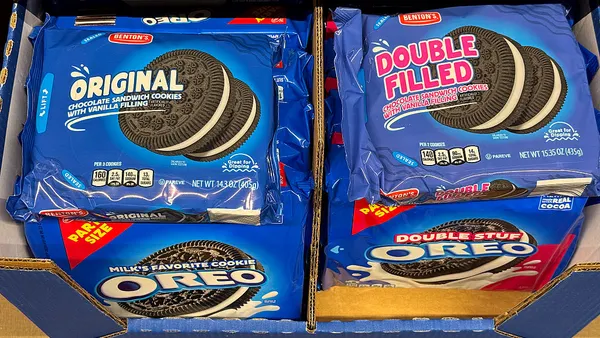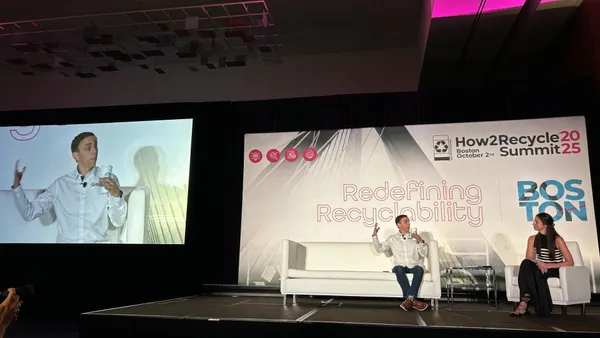In the high-stakes world of cold chain logistics, where temperature excursions can compromise product efficacy or safety, thermal modeling has become a critical design and validation tool. Whether you're shipping biologics, specialty pharmaceuticals, or perishables, thermal modeling can help optimize insulated packaging solutions. This article provides a primer on thermal modeling and how to apply it effectively.
What is Thermal Modeling?
Thermal modeling uses heat transfer and fluid dynamics equations to estimate how temperature changes within a system over time. This simulation allows packaging designers to predict how a solution will perform before physical samples are built and tested.
Note: thermal modeling is not a substitute for physical testing, but when used in tandem with chamber and field testing, it can reduce design iterations, speed up development and optimize resource use.
Define Success on the Front End
Before running simulations, clearly define what success looks like. A well-structured User Requirements Specification (URS) outlines expectations for how a solution will perform in a variety of scenarios.
Key URS components include:
- Temperature range (e.g., refrigerated, CRT, frozen)
- Duration (e.g., 24, 72, 96 hours)
- Risk tolerance for excursions
A thorough URS should align with actual shipping lanes, ambient profiles and solution configurations. Collaborating with your supplier, especially one who adheres to ISTA Standard 20, can help ensure all criteria are defined clearly. Getting this right up front saves time and cost during modeling and testing.
Trust but Verify
A reliable thermal model simulates more than just refrigerants and payload, it accounts for the entire system:
- Insulation type, thickness, geometry, R-value
- Phase change materials (PCMs) or gel packs
- Void fill and air gaps
- Load configurations (e.g., vial count and orientation)
Input must be accurate. For example, advertised R-values can vary by batch or supplier. That’s why working with a knowledgeable partner like Altor, who maintains internal performance databases based on previous modeling and chamber work, can be a strategic advantage.
Design for Robustness
Passing a simulation doesn’t guarantee real-world success. Build buffer margins into your design to increase resilience:
- Use ambient profiles informed by actual shipping data
- Simulate performance across min/max load conditions
- Account for minor deviations in packing or preconditioning
- Plan for transit delays or rerouting
Models built for ideal scenarios often fall short in chamber tests, or worse, in the field.
Validate with Real-World Testing
Thermal modeling is a compliment to real-world testing, not a replacement. Use it to inform and focus your testing process:
- Run chamber tests to validate assumptions
- Compare predicted vs. actual temperature profiles
- Use discrepancies to refine your model
A feedback loop between modeling and physical testing improves accuracy and reduces field trial cycles. Communication between all stakeholders is key to success.
From Niche to Core Competency
Once considered a specialist tool, thermal modeling is now central to effective cold chain packaging design. With increasing pressure to reduce costs, improve sustainability and mitigate risk, modeling enables packaging professionals to:
- Optimize thermal protection without overdesigning
- Assess alternative materials faster
- Simulate real-world risk scenarios earlier in development
For companies that integrate modeling into their design process, the results are faster validation, better-performing designs and fewer surprises in real world application.
The Altor Advantage
At Altor, we combine in-house thermal modeling and chamber testing with industry-leading manufacturing of insulated shippers and refrigerants. Our ISTA-certified labs and experienced engineering team work closely with customers to:
- Accelerate development cycles
- Improve packaging efficiency
- Deliver validated solutions tailored to real-world demands
We don't just predict performance; we help design it. To learn more about our technology platforms, service offerings, or get started on your application, head over to the recently updated altorsolutions.com.










